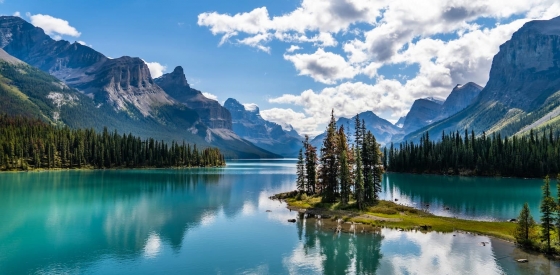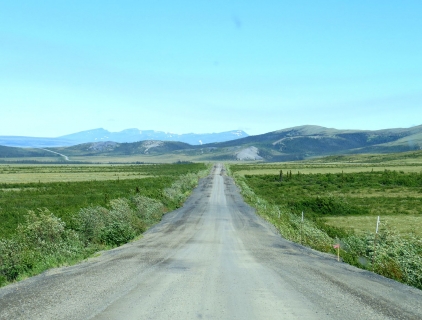Iqaluit Weather and Climate: A Comprehensive Guide
The climate in Iqaluit is marked by big temperature swings throughout the year.
Temperatures range from mild during the warmest months
to very cold in the cooler months.
It receives a moderate amount of precipitation.
Let's now guide you through the climate details for a complete overview.
Average maximum day and minimum night temperature
In Iqaluit, temperatures differ significantly between summer and winter months. On average, daytime temperatures range from a moderate 12°C in July to a very cold -22°C in February.
Nighttime temperatures can drop, with average lows reaching -28°C in February. Check out our detailed temperature page for more information.Temperature ranges by month
Precipitation and rainy days
On average, Iqaluit receives a reasonable amount of rain/snowfall, with an annual precipitation of 599 mm. The seasons in Iqaluit, bring significant changes in precipitation. The wettest month, August, receives moderate rainfall, with an average of 90 mm of precipitation. This rainfall is distributed across 15 rainy days. In contrast, the driest month, February, experiences much less snowfall, totaling 22 mm over 11 snowy days. These distinct seasonal differences provide diverse experiences throughout the year. For more details, please visit our Iqaluit Precipitation page.The mean monthly precipitation over the year, including rain, hail and snow
Sunshine over the year
In Iqaluit, summer days are longer and more sunny, with daily sunshine hours peaking at 7.9 hours in July. As the darker season arrives, the brightness of the sun becomes less. December sees a soft sun for only 0.4 hours per average day. Visit our detailed sunshine hours page for more information.Monthly hours of sunshine
Daily hours of sunshine
Average humidity
The relative humidity is high throughout the year in Iqaluit.
The city experiences its highest humidity in October, reaching 80%. In February, the humidity drops to its lowest level at 68%. What does this mean? Read our detailed page on humidity levels for further details.
Relative humidity over the year
Average wind speed
The mean wind speed varies between 3 m/s and 5 m/s throughout the year. It is lowest in March, July and August and highest during May, October and November.
The mean monthly wind speed over the year (meters per second)
overcast and snow overcast and slight snow overcast and snowForecast for Iqaluit
Select a Month of Interest
Check the conditions for any month of the year.
The best time of year to visit Iqaluit in Canada
Other facts from our historical weather data:July has an average maximum temperature of 12°C and is the warmest month of the year.
The coldest month is February with an average maximum temperature of -22°C.
August tops the wettest month list with 90 mm of rainfall.
February is the driest month with 22 mm of precipitation.
July is the sunniest month with an average of 236 hours of sunshine.
No idea where to travel to this year? We have a tool that recommends destinations based on your ideal conditions. Find out where to go with our weather planner.




